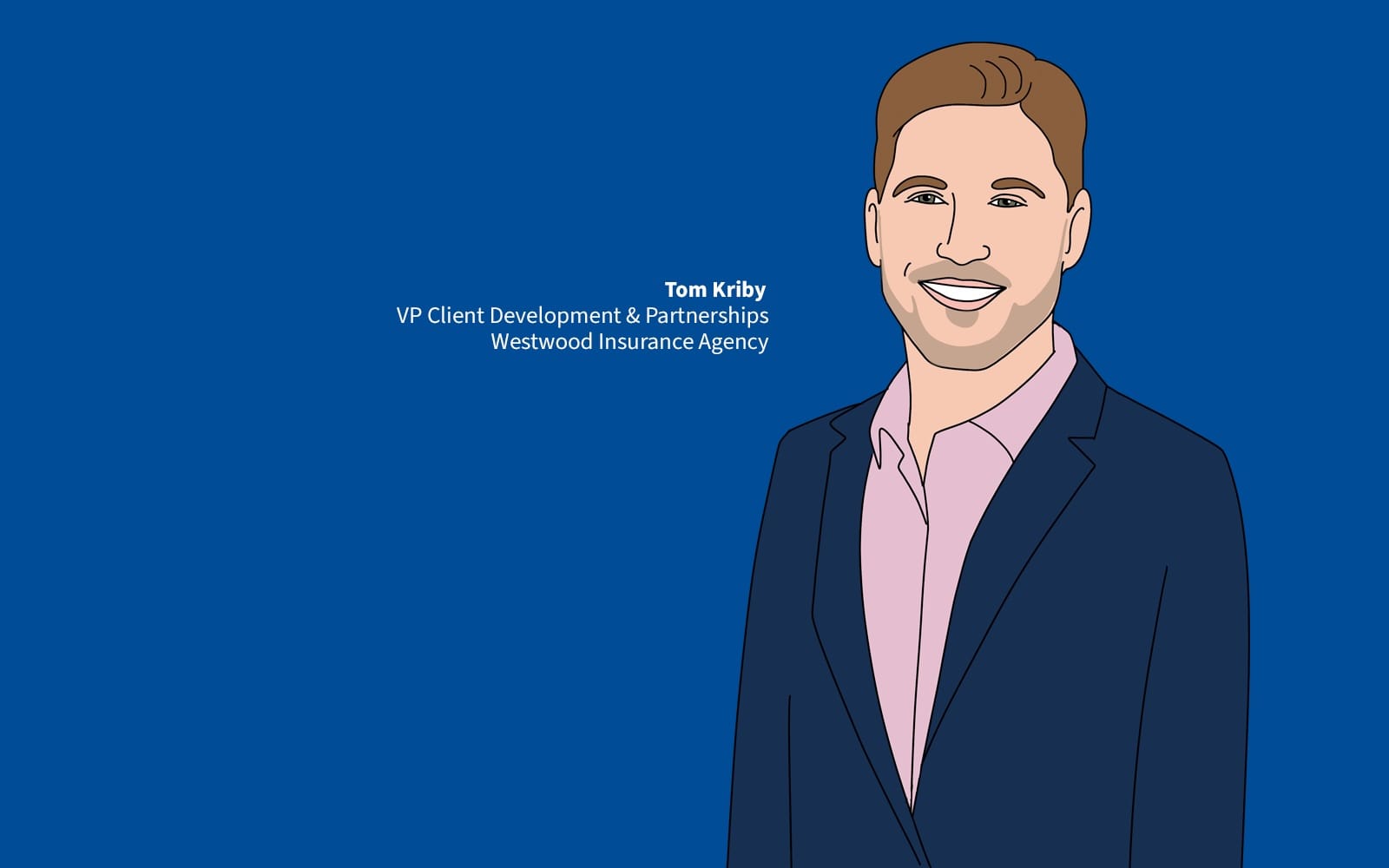Leadership
Designing Insurable Homes: Why Location Comes First
With rising premiums, shifting coverage availability, and more frequent natural disasters, builders today face a new kind of challenge.

Home insurance isn’t what it used to be. With rising premiums, shifting coverage availability, and more frequent natural disasters, builders today face a new kind of challenge: designing homes that aren’t just beautiful and functional but also insurable.
And while many factors influence a home’s insurability, location is the one that matters most. Features and materials absolutely play a role, but they need to be chosen with the home’s geographic risks in mind. Builders who consider location at the outset can help buyers avoid unpleasant surprises—like unaffordable premiums or unavailable coverage—and build trust that lasts well beyond the sale.

Start With Location: The Foundation of Insurability
Every region has its own set of risks. Wildfires in California. Hurricanes in Florida. Hailstorms in Texas. Flooding in the Midwest. These aren’t just weather patterns. They’re insurance realities. And they should shape every design decision from the ground up.
The old approach of replicating successful designs across markets doesn’t hold up anymore. A roofline that works in Arizona might be a liability in coastal Louisiana. Wood siding might be fine in the Northeast, but a fire hazard in the West.
Understanding local hazards is the first step toward building homes that insurers are willing—and able—to cover.
Features That Respond to Local Risk
Once the location’s hazards are understood, builders can make smarter choices about how the home is built and finished:
- Roofing: In areas prone to high winds or wildfires, materials like impact-resistant shingles, metal, or tile offer better protection. Roof shape matters too. Hip roofs tend to hold up better in windstorms than gabled ones.
- Wall Construction and Exterior Finish: In many parts of the country, especially the West and Southwest, siding isn’t the standard. Instead, insurers look at the full wall system, including how it’s built, what it’s made of, and how it holds up to fire, hail, or wind. Stucco, fiber-cement, and brick are often preferred in high-risk areas.
- Eaves, Soffits, and Vents: These details might seem minor, but they can make a big difference. In wildfire zones, enclosed eaves and ember-resistant vents help keep flames out of attic spaces. In hurricane-prone areas, reinforced soffits can prevent water intrusion and structural damage.
- Landscaping: The yard isn’t just about curb appeal. It’s part of the home’s defense system. In wildfire-prone regions, defensible space and fire-resistant plants can reduce risk. In flood zones, smart grading and drainage can help manage water flow and minimize damage.
Choosing features that match the risks of the region is highly important. A well-built roof or wall system is most impactful if it’s designed for the hazards it’s likely to face.
Shielding Homes from Hurricanes and Severe Storms
Even homes far from the coast can be vulnerable to hurricanes and high-wind storms. That’s why the Insurance Institute for Business & Home Safety developed the FORTIFIED program, a set of construction upgrades that help homes stand up to severe weather.
Depending on the location, FORTIFIED enhancements might include sealing the roof deck, using impact-rated windows and doors, strengthening exterior walls, and anchoring the structure more securely.
The results speak for themselves. After Hurricane Sally hit Alabama in 2020, homes built to FORTIFIED standards had significantly fewer and less severe insurance claims. And while these upgrades add only a small percentage to the cost of new construction, they can make a big difference in how a home withstands hazards and how it’s perceived by insurers and buyers alike.
Flooding: A Risk That’s Everywhere—Coverage Is Evolving
Flooding isn’t just a coastal issue anymore. Changing weather patterns and urban development mean that even areas considered low risk are seeing flood events.
Traditionally, flood insurance has been offered through the National Flood Insurance Program (NFIP). But today, homeowners have more options. Private flood insurance is becoming more widely available, offering flexible coverage and competitive pricing. And increasingly, insurance carriers can add flood endorsements directly to home policies, making coverage easier to access and manage.
For builders, this means two things:
- Site selection still matters. FEMA flood maps are a key tool for identifying safer areas.
- Construction choices can influence coverage availability, whether through NFIP, private insurers, or policy endorsements.
Flood-resistant design features like elevated foundations, flood vents, water-resistant materials, and corrosion-resistant reinforcements can help homes qualify for better coverage and perform better when water levels rise.
Working With Insurance Experts Early
To avoid surprises and build homes that are truly insurable, it’s smart to bring in an insurance expert early in the planning process. Westwood Insurance Agency has decades of experience working with builders across the country and can offer insights on:
- How specific materials affect underwriting
- What mitigation features and documentation insurers look for
- Whether a home is likely to qualify for standard or surplus lines markets
Final Thought: Location Leads, Features Follow
In today’s insurance landscape, location isn’t just a detail. It’s the starting point. Roofing, wall construction, exterior finishes, vents, and landscaping all matter but only when they’re chosen to address the risks of the specific region.
Builders who lead with location and collaborate with insurance experts like Westwood will be best positioned to deliver homes that are insurable, resilient, and ready for whatever the future holds.
MORE IN Leadership
Homebuilding Strategists Talk Candidly About Getting To 2030
At Denver’s Focus on Excellence summit, five builder leaders strip away spin. They reveal real pressures—capital, costs, people—and how they’re fighting back.
D.R. Horton’s Greenville Play Signals Private Builder Squeeze
The nation’s largest builder isn’t slowing tuck-in acquisitions. SK Builders’ exit reveals why privates face thinner "lower-for-longer" margins — or, perhaps, the exit door.
Insurance Costs Now Define Housing’s Affordability Equation
Insurance premiums have soared nearly 70% in five years, now consuming almost one in ten housing dollars. Homebuilders who plan for insurability early protect both margins and buyer trust.


